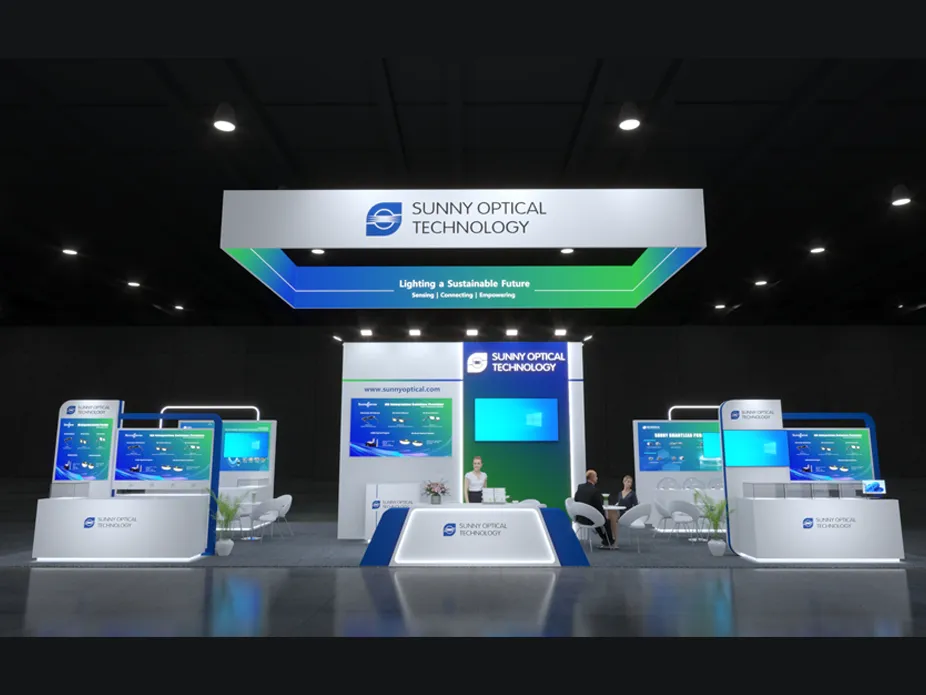Many drivers have likely encountered this situation: while driving on national or provincial roads without streetlights, they often have to frequently switch between high beams to clearly see slow motorcycles, bicycles, and pedestrians on both sides of the road. However, the high beams of oncoming vehicles may cause their own vision to blur, thus increasing the risk of traffic accidents. According to statistics, although nighttime traffic flow is reduced by about 60% compared to daytime, more than 40% of traffic accidents and casualties occur at night. The main reasons are insufficient road lighting or improper use of vehicle lights. So, is there a technology that can provide both good lighting and avoid glare?
The matrix ADB adaptive driving beam system has emerged. It can automatically identify oncoming vehicles and adjust the brightness or area of the beam, achieving precise zoning illumination. This technology ensures that the driver of the oncoming vehicle on the left is not disturbed by strong light, and even in the presence of oncoming pedestrians, it will not affect their vision. In addition, the adaptive driving beam system can make the lighting range of the same direction lane further and brighter without the need to manually adjust the high and low beams.
The ADB adaptive driving beam system automatically adjusts the high beam pattern according to road and traffic conditions, belonging to intelligent high beam control technology. It can respond in real-time to the following situations:
Ambient Light Conditions
When the road and surrounding ambient light are weak, the ADB system will automatically enhance the beam brightness to better recognize road conditions.
Oncoming Vehicles
When detecting oncoming vehicles, the system will automatically adjust the high beam to avoid glare affecting the driver of the oncoming vehicle.
Taillights of Vehicles Ahead
The system will also automatically adjust the high beam to avoid the tail lights of vehicles ahead from causing strong light interference to the rear vehicle.
This intelligent high beam system detects non-motorized vehicles, motorcycles, and pedestrians on the road and automatically adjusts the brightness and angle of the beam, avoiding visual interference caused by strong light to the human eye, thereby improving night driving safety.
The ADB system mainly consists of a front-view active safety camera, light control module, light source module driver, light source module, and related transmission lines. Among them, the matrix LED light source module is its core part. The matrix LED headlight adopts a matrix layout, where each LED light can be independently controlled to achieve precise illumination of the front area. This design allows the system to turn off one side of the high beam while turning on the other side and to partially turn off the LED light when identifying pedestrians to reduce glare.
For example, Audi's LED matrix headlamp system adopts eight vertical "finger" lights, each of which can be independently turned on and off to achieve localized cutting of the beam pattern. Another key component is the Digital Light Processing (DLP) chip, composed of thousands of independently controlled Digital Micromirror Devices (DMD), cooperating to form a precise beam adjustment system. This system can be customized as needed. The glare-free high beam can ensure stable high beam illumination, avoiding glare for oncoming drivers, thus enhancing overall driving safety.
Through the Matrix ADB adaptive driving beam system, the nighttime driving lighting experience has been significantly improved, allowing us to see clearly ahead on dark roads without causing trouble to others.

【Exhibition Invitation】Visit us at CES 2026!
2025-12-10

Sunny Optical Gets Group LiDAR Standard Approved, Using Innovative Optical Solutions to Unlock Key Step in Mass Production
2025-11-25
![[Exhibition Invitation] Sunny Automotive Optech Invites You to the 26th China International Optoelectronic Exposition (CIOE 2025) [Exhibition Invitation] Sunny Automotive Optech Invites You to the 26th China International Optoelectronic Exposition (CIOE 2025)](/uploads/image/20250908/首图7.webp)
[Exhibition Invitation] Sunny Automotive Optech Invites You to the 26th China International Optoelectronic Exposition (CIOE 2025)
2025-09-08

Inquiry
Excellent Customer Service Ability
Key customer manager mechanism
Oversea supporting points
Excellent Process Control Ability
Fully automated production
DMC traceability management
VDA6.3 / IATF16949 verifications
Excellent R&D Ability
Advanced technology new product development cooperation
Cost-effective optical solution proposal based on customer needs
Ecosystem resource integration